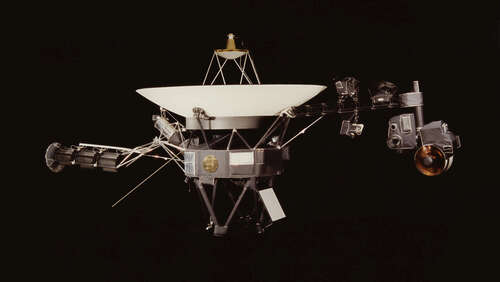
Having wrapped up its investigation of Saturn, it may have just become floating space junk, but that’s far from the truth. In 2012, it exited the Heliosphere, essentially the area under the influence of the Sun’s strongest magnetic field. As of that August, then, it has been passing through space outside of the Solar System itself, another first in human history.
As of February 6, 2024, NASA reports that Voyager 1, more than 46 years into its journey, is approximately 15,148,155,240 miles from us. Voyager 2, meanwhile, is a little behind at 12,677,967,494 miles. Both, however, are in the unprecedented territory of interstellar space. The Plasma Wave Subsystem, Low-Energy Charged Particles, Cosmic Ray Subsystem, and Magnetometer for both probes are still functional (as is Voyager 2’s Plasma Science system), meaning that although their ultraviolet and radio functionalities are among the systems to have been deactivated to maintain fuel, they’re still transmitting some information back to the planet.
NASA suggests that Voyager 1 will reach the beginnings of the Oort Cloud, an icy Solar System ‘shell’ half the distance to Alpha Centauri, in approximately 300 years. From there, it’s on course towards a constellation called Ophiuchus. IHow much longer its radioisotope thermoelectric generators will last remains a mystery, but Voyager 1 and 2 have had quite the extraordinary and pioneering journey to date.

